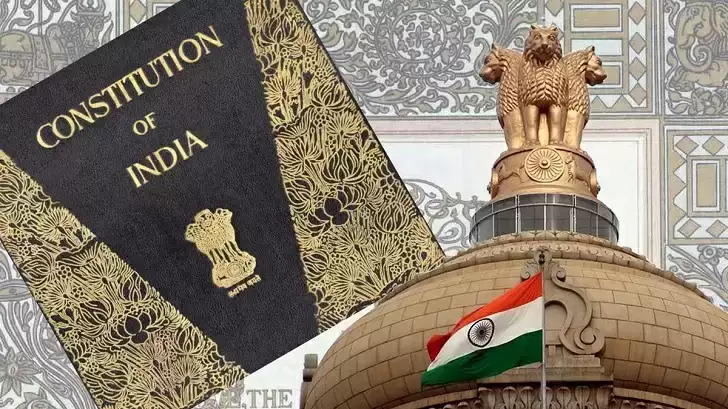Free Courses Sale ends Soon, Get It Now


Free Courses Sale ends Soon, Get It Now



Copyright infringement not intended
Picture Courtesy: legalbonanza.com
Context: The Supreme Court ruled that the actions of the President during a state emergency under Article 356 must have a "reasonable nexus" with the stated objectives.
Details
Article 356
Provisions of Article 356
Grounds for Imposition
Parliamentary Approval and Duration
Consequences of President's Rule
Supreme Court Intervention
Conclusion
Must Read Articles:
|
PRACTICE QUESTION Q. What are the circumstances and conditions under which the President of India can impose President's Rule using the provisions of Article 356, and how does it impact the federal structure of the country? |
© 2024 iasgyan. All right reserved